In nature, the safety and stability of water areas are of vital significance to ecological balance, human life and economic development. And the automatic water level and rainfall monitoring station is precisely such a smart sentry that silently guards the safety of water areas.
The core value of the WX-SW3 automatic water level and rainfall monitoring station lies in its ability to monitor the changes of water level and rainfall in real time, providing timely and accurate hydrological information for relevant departments. This information is of great significance for preventing flood disasters, safeguarding people's lives and property, and rationally utilizing water resources. Through continuous and dynamic monitoring, relevant departments can formulate flood control and drought relief plans more scientifically, improve the speed of emergency response, and thereby effectively reduce the losses caused by natural disasters.
The automatic water level and rainfall monitoring station adopts advanced technical means, such as high-precision sensors and remote communication technology, to achieve precise monitoring of water level and rainfall. Sensors can sense the water level changes and rainfall in water areas in real time, while remote communication technology can transmit the monitoring data to relevant departments or data centers in real time, making it convenient for staff to view and analyze at any time. This technological innovation not only enhances the monitoring accuracy but also significantly shortens the data transmission time, providing a strong guarantee for rapid response.
The application scenarios of automatic water level and rainfall monitoring stations are very extensive. In water areas such as rivers, lakes, reservoirs and DAMS, it can monitor water level changes in real time and prevent the occurrence of flood disasters. In urban drainage systems, it can help staff promptly understand the rainfall and water level conditions, rationally arrange drainage work, and prevent urban flooding. In the field of agricultural irrigation, it can also guide farmers to rationally arrange irrigation plans based on changes in rainfall and water levels, thereby enhancing the efficiency of water resource utilization.
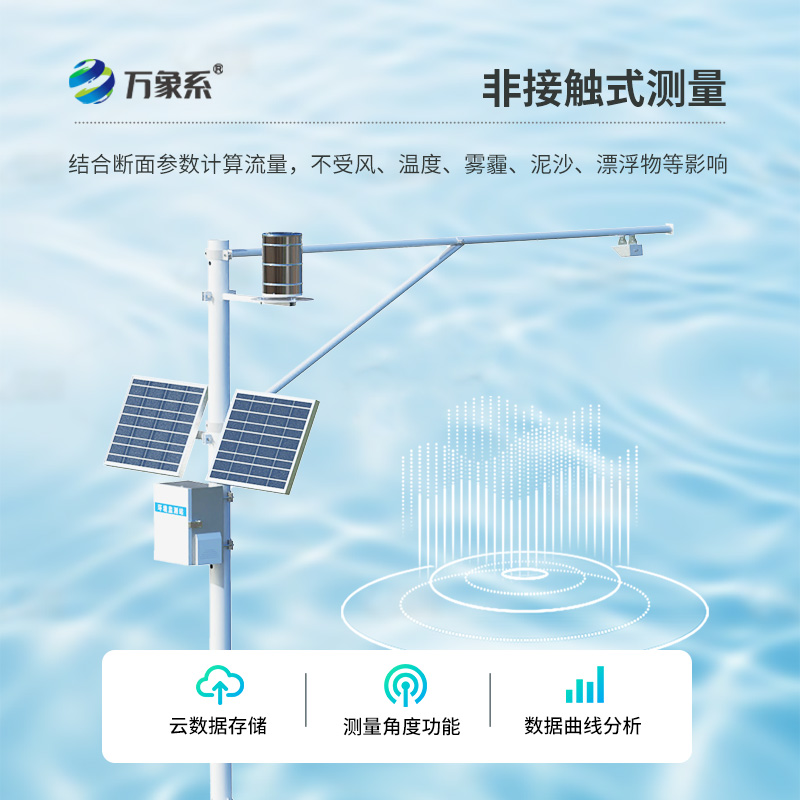
Article address:
http://www.0757gl.com/en/newcen/1585.html

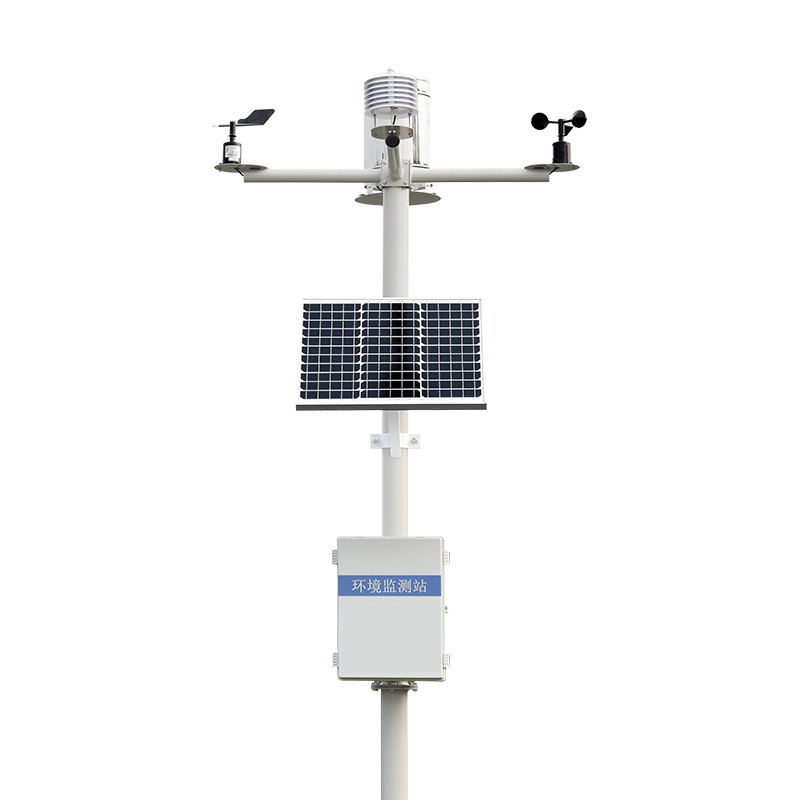
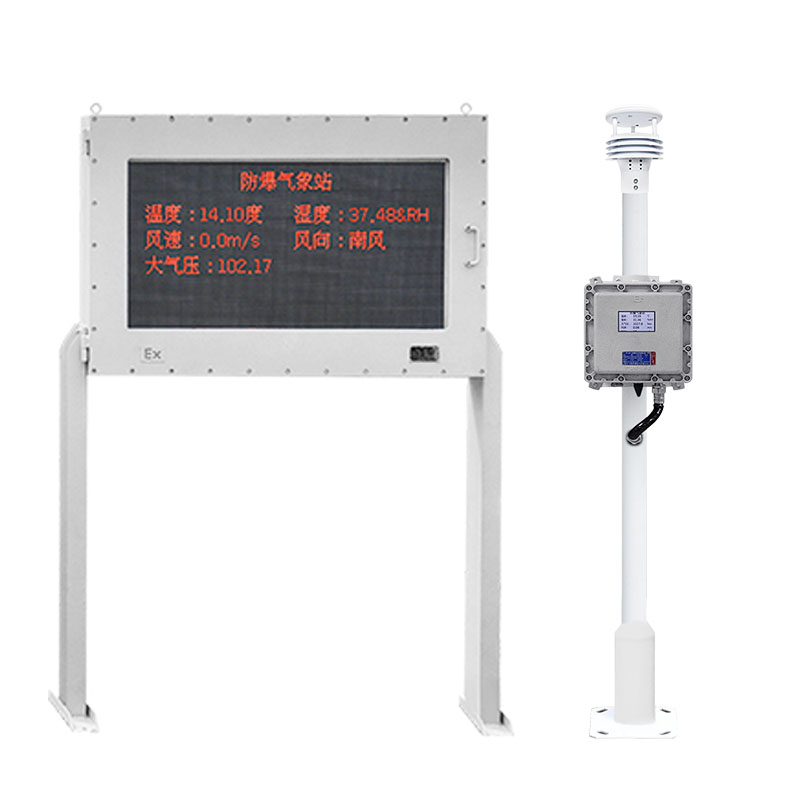
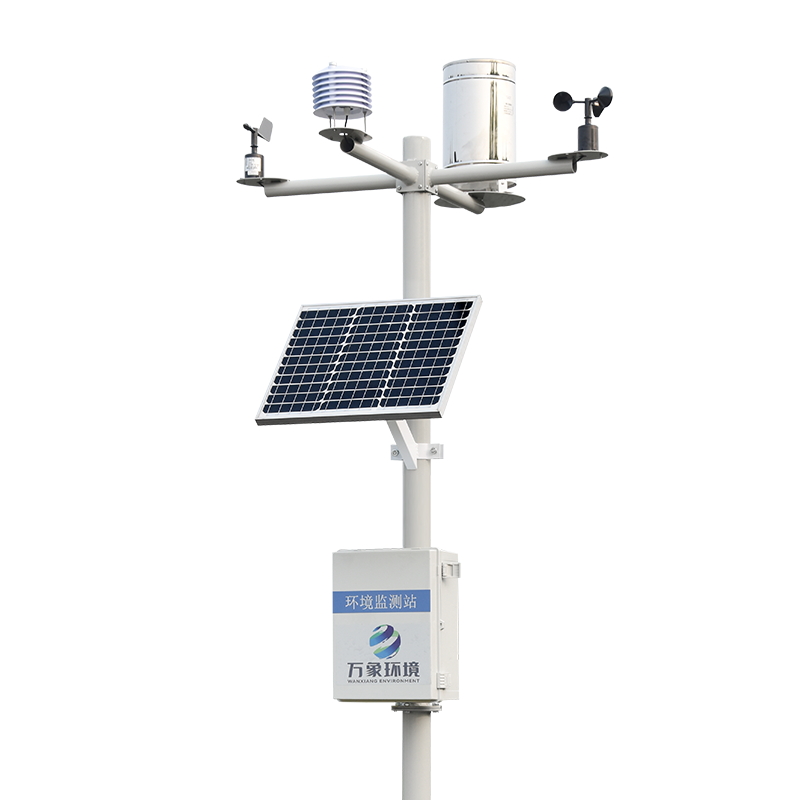
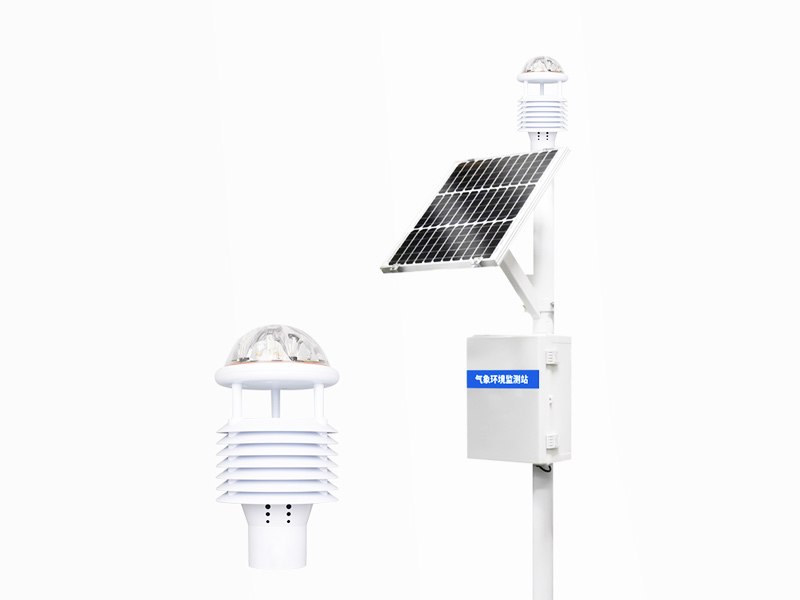


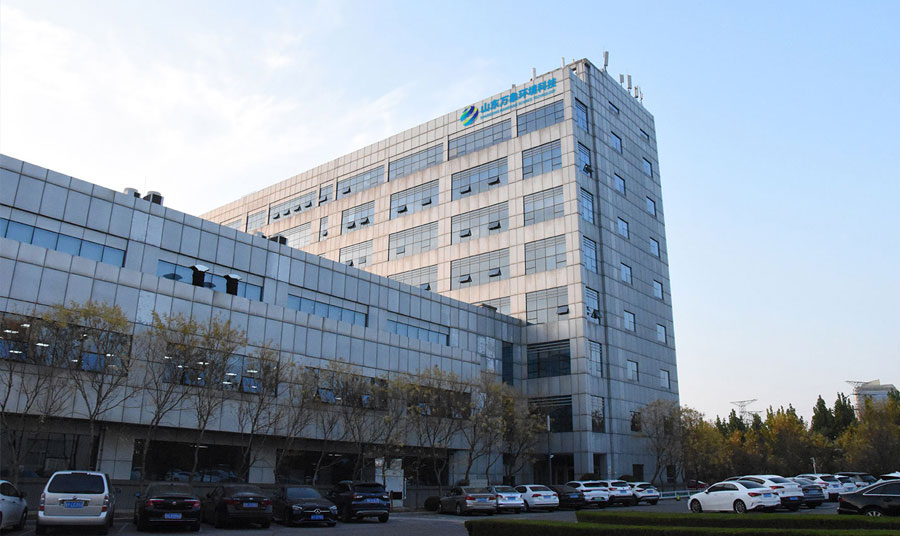
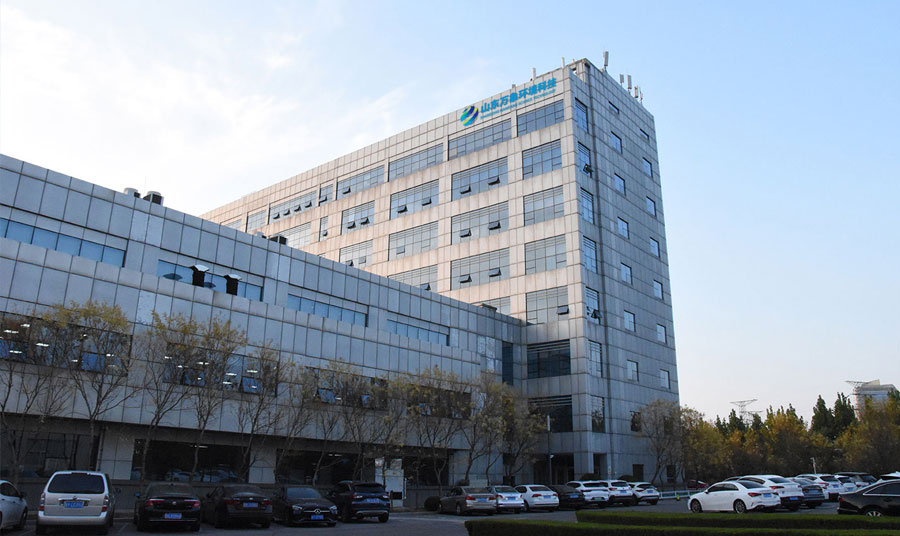




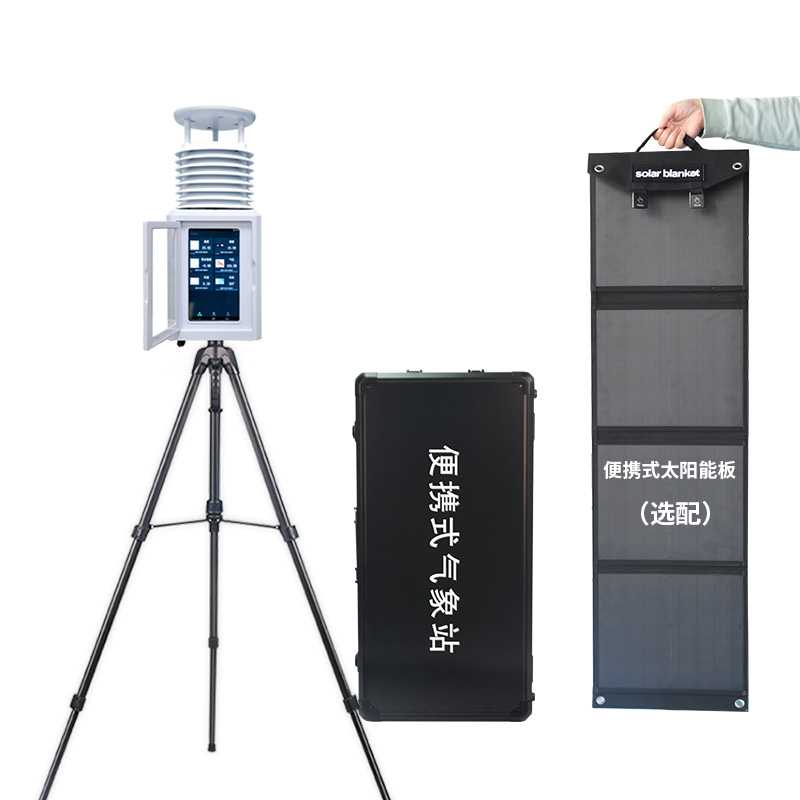

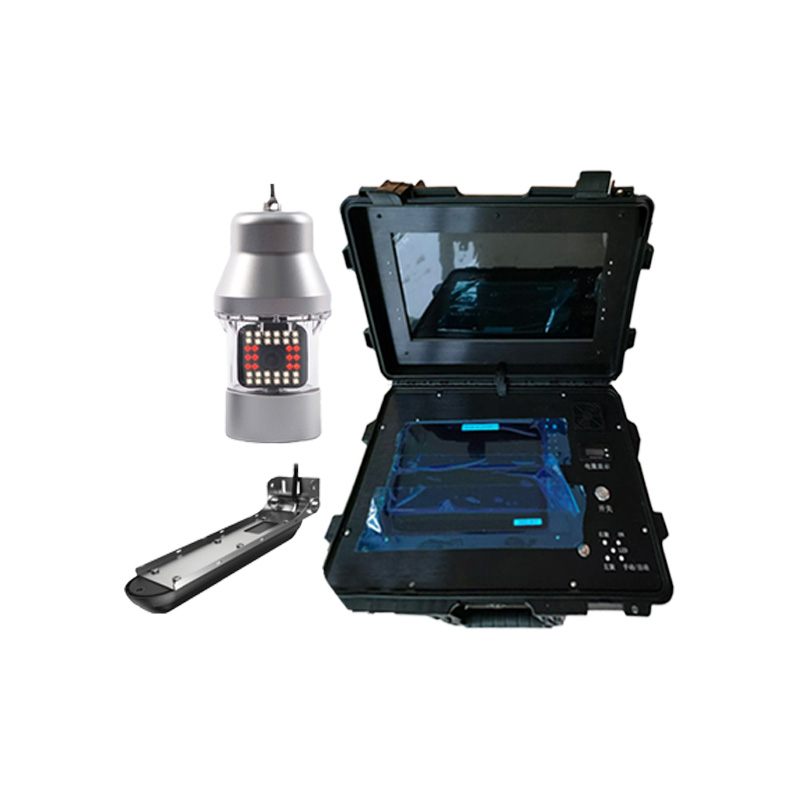


 Home
Home phone
phone Product Overview
Product Overview Contact Us
Contact Us